
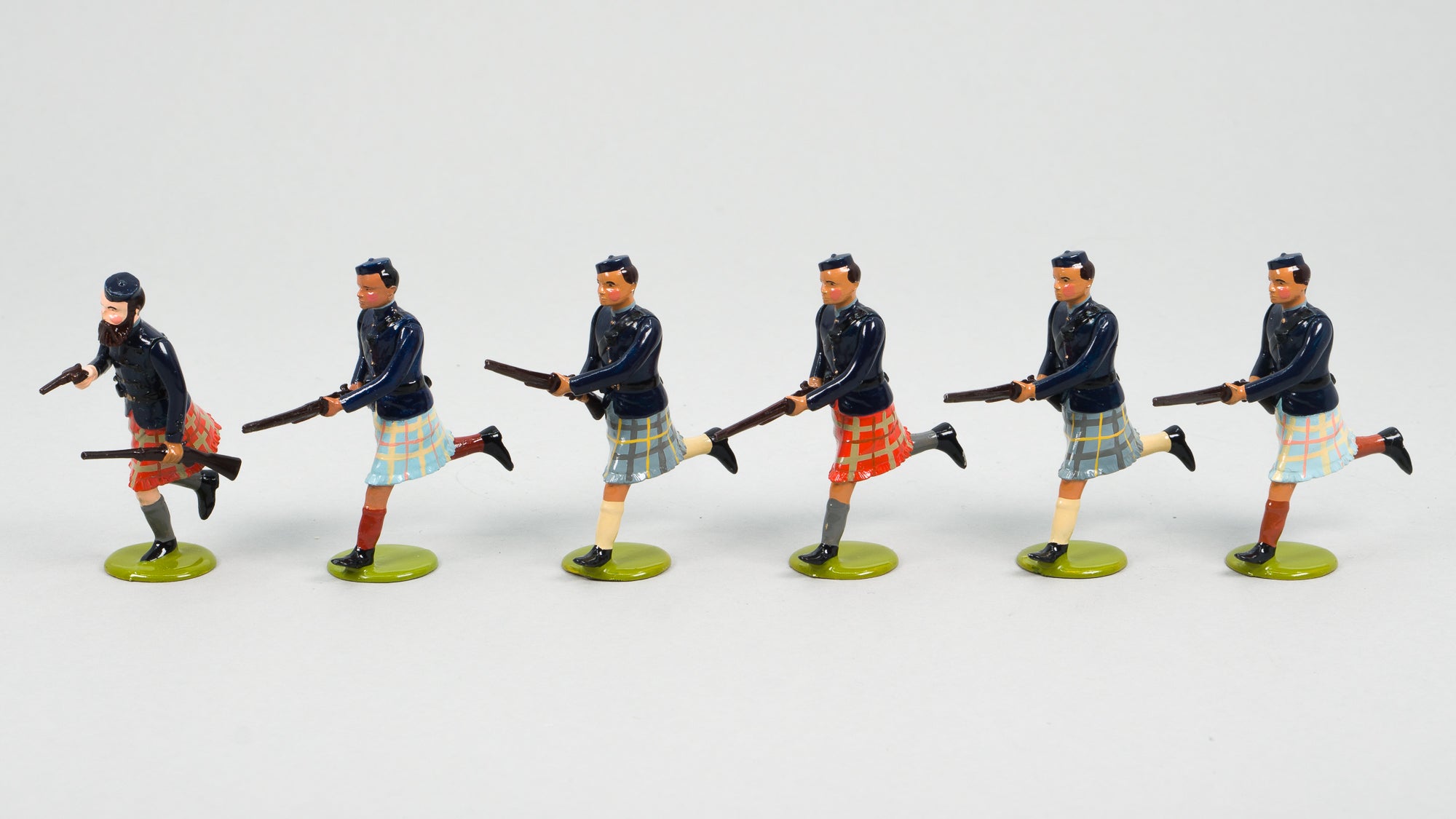
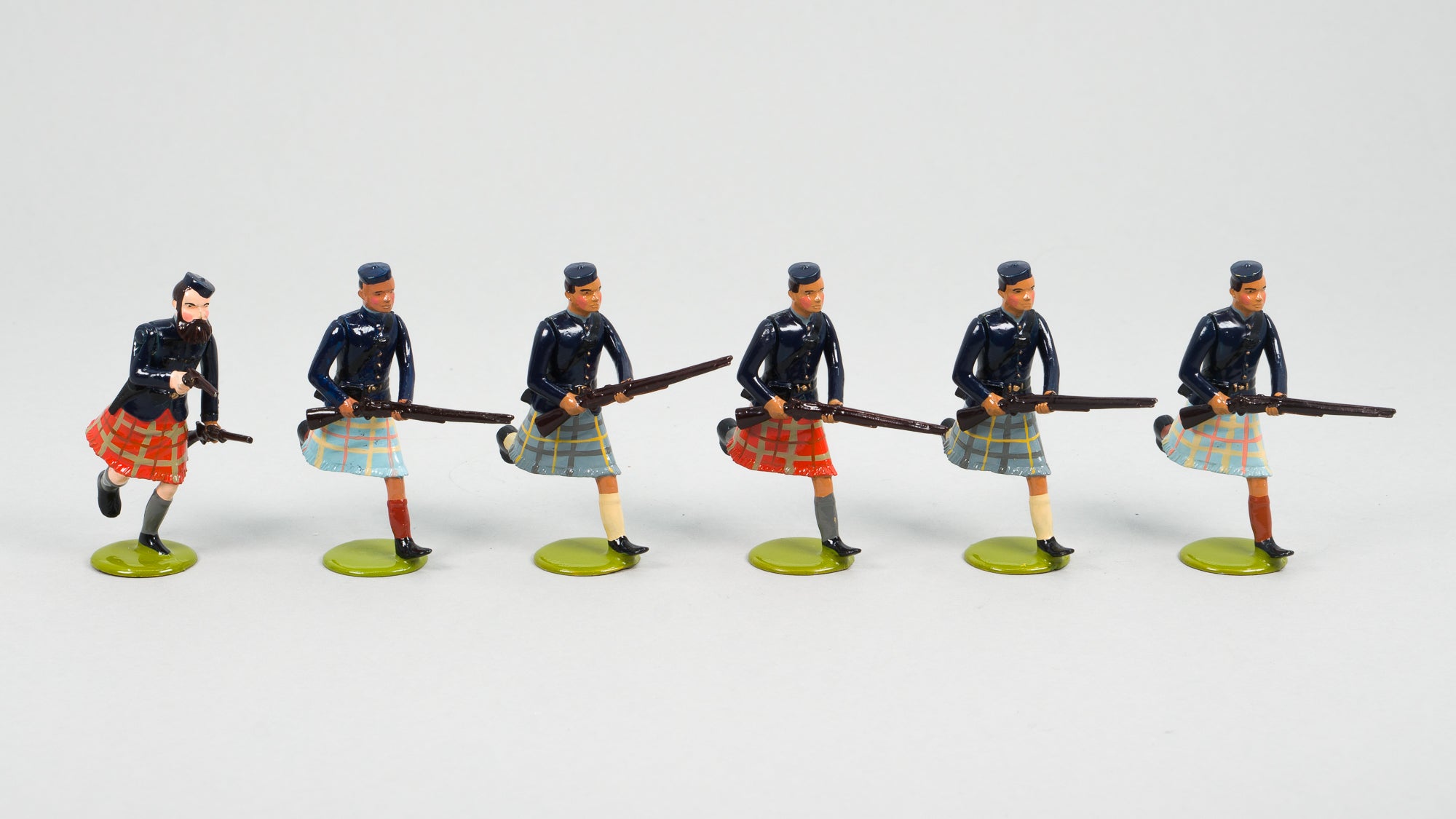
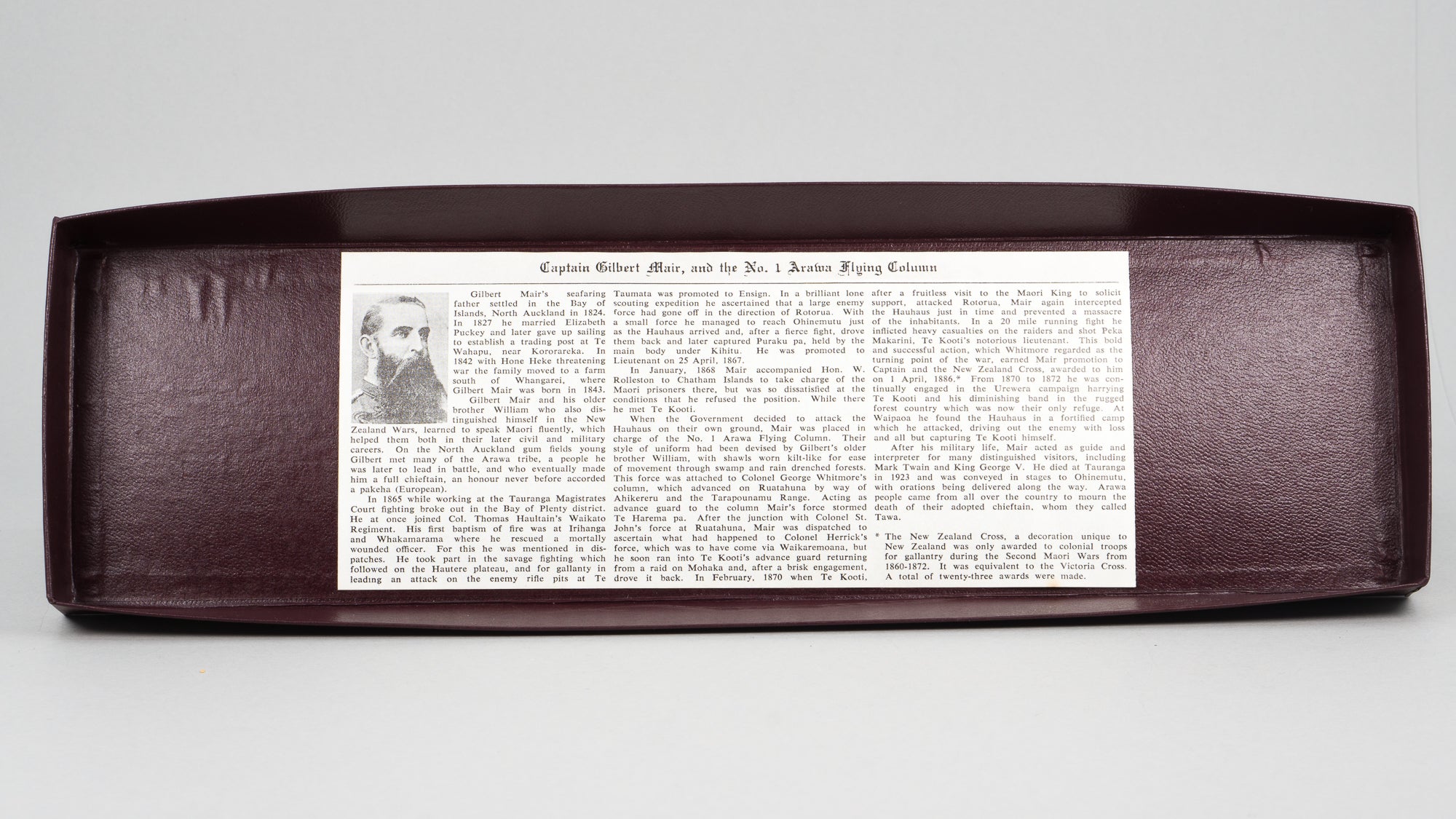

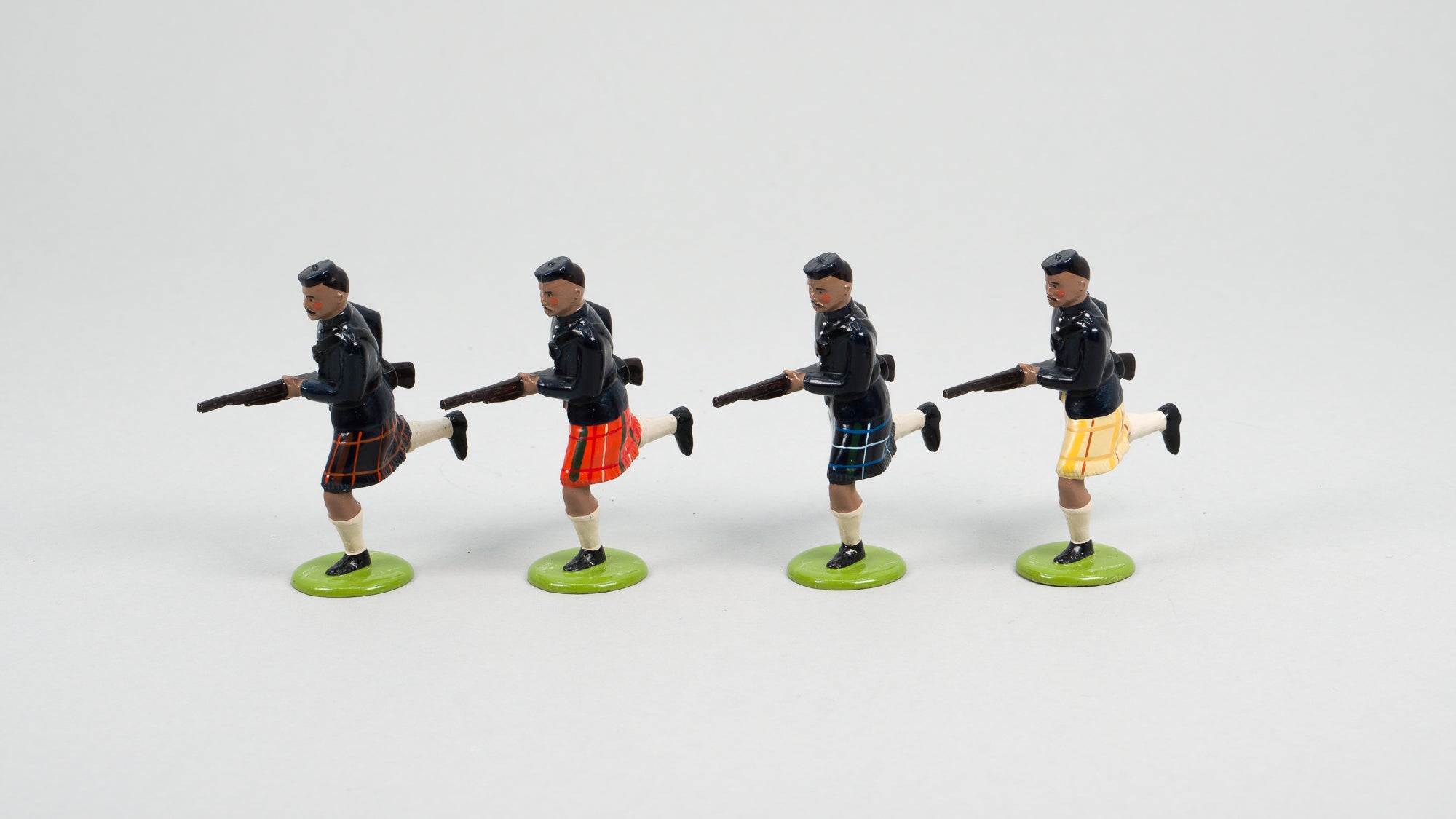
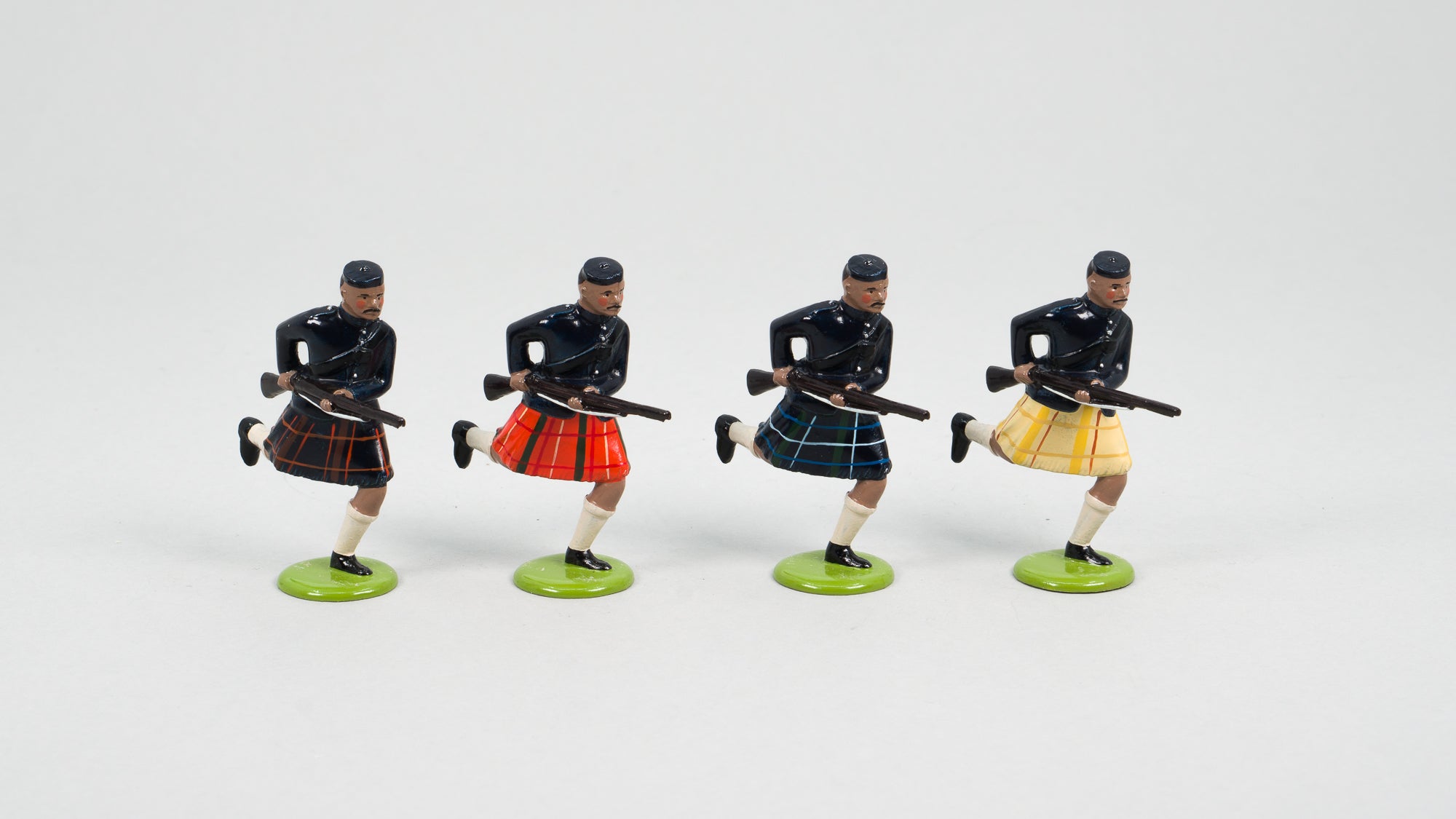
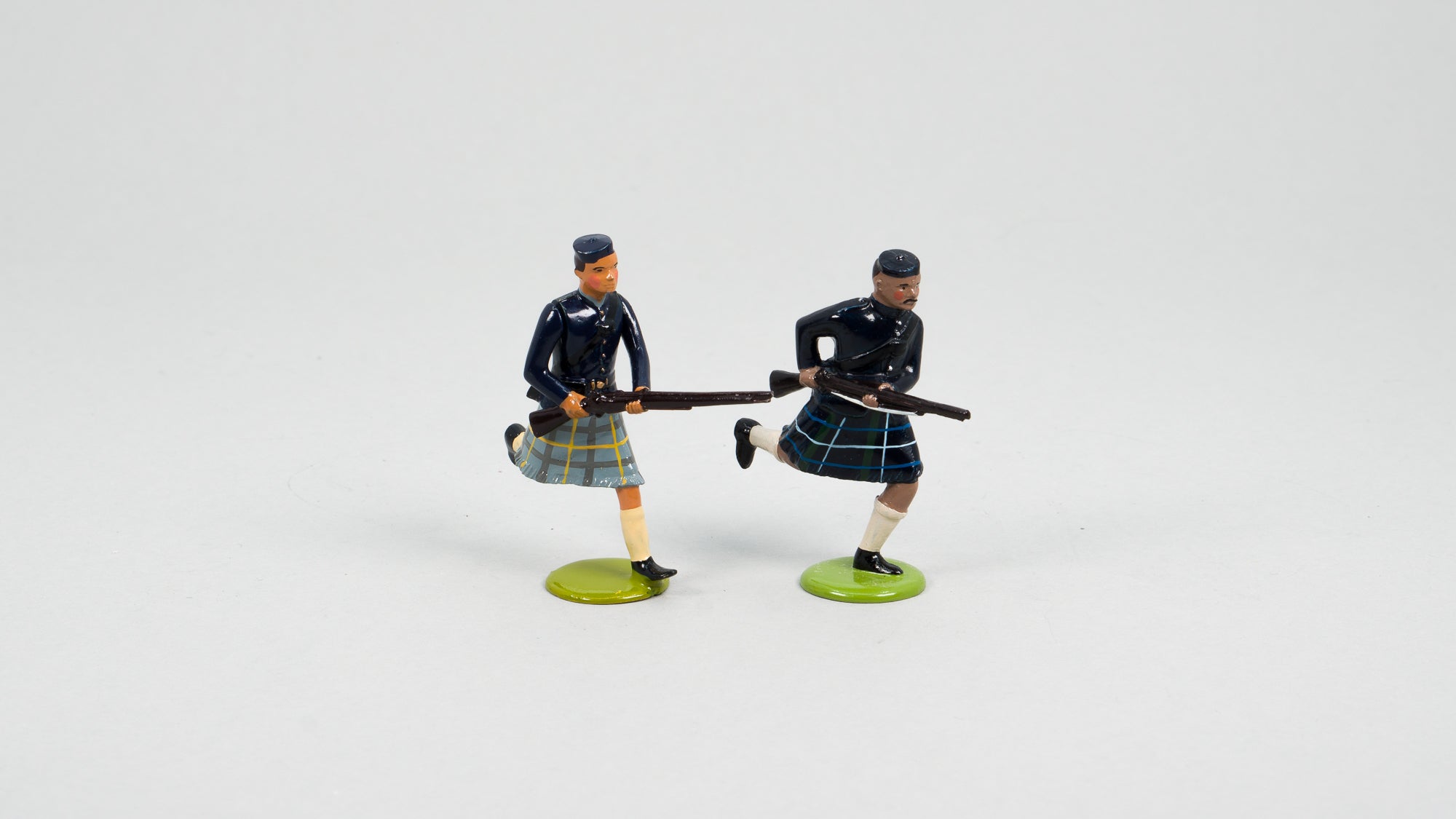
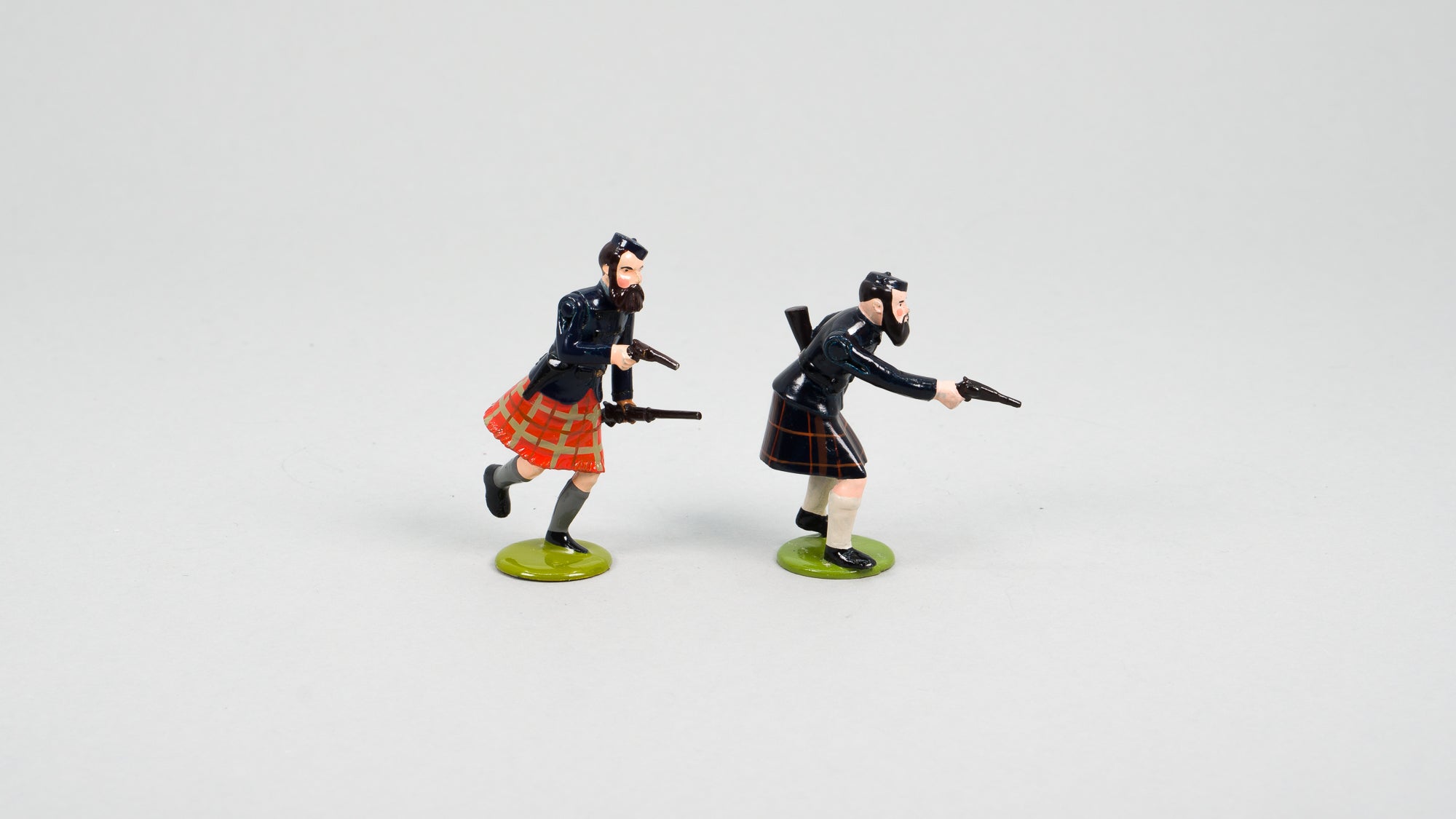
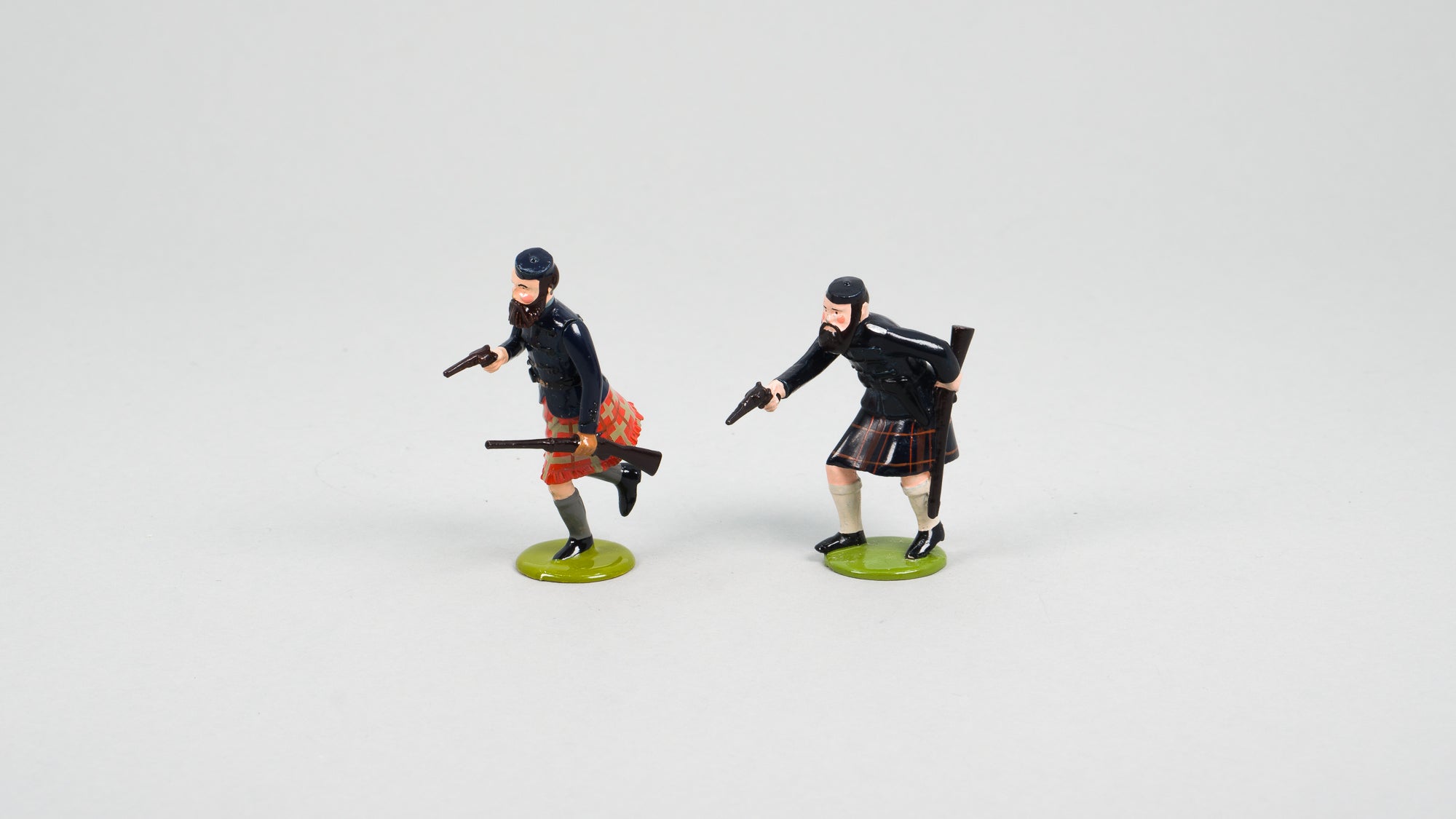
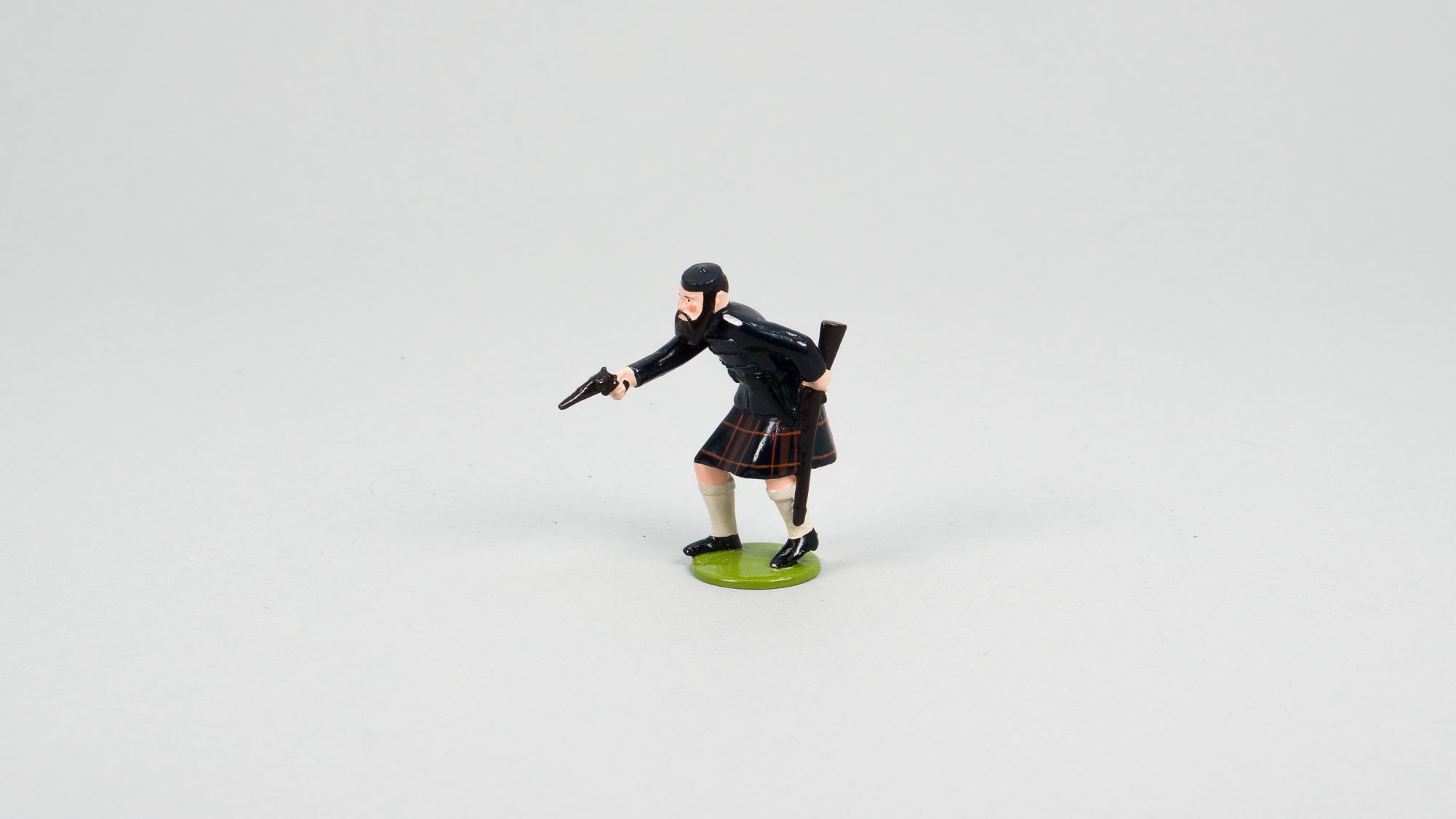
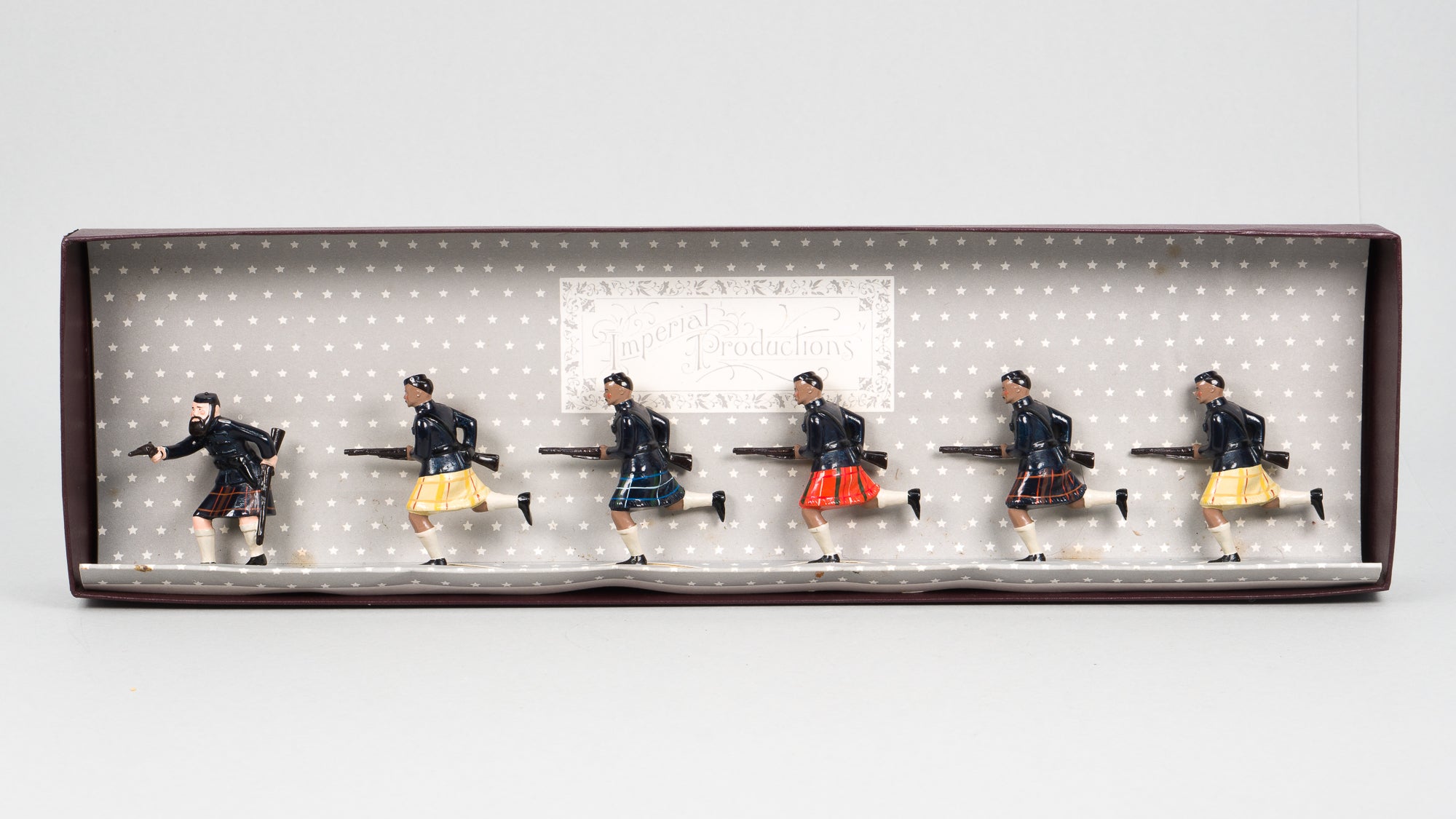

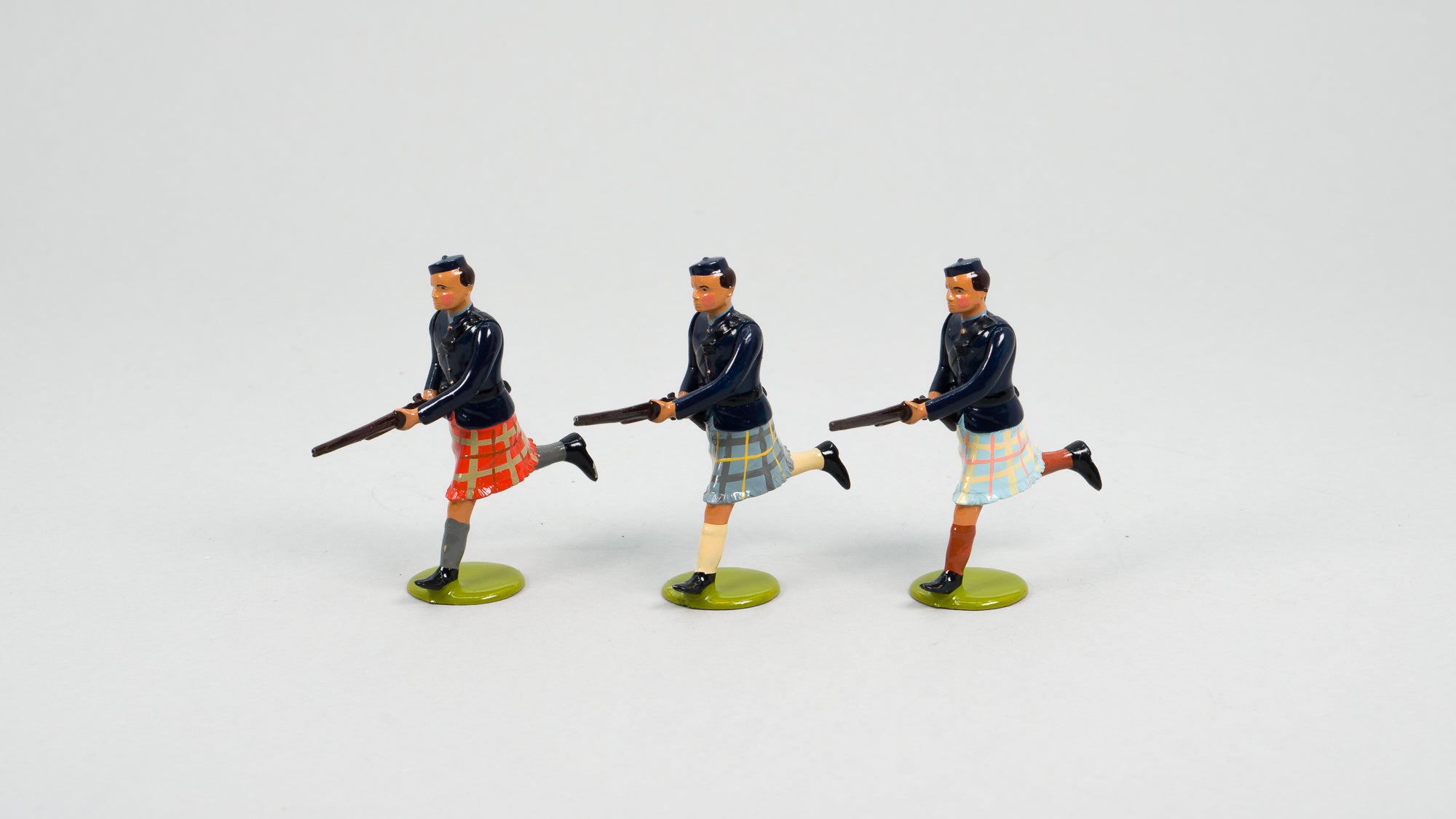
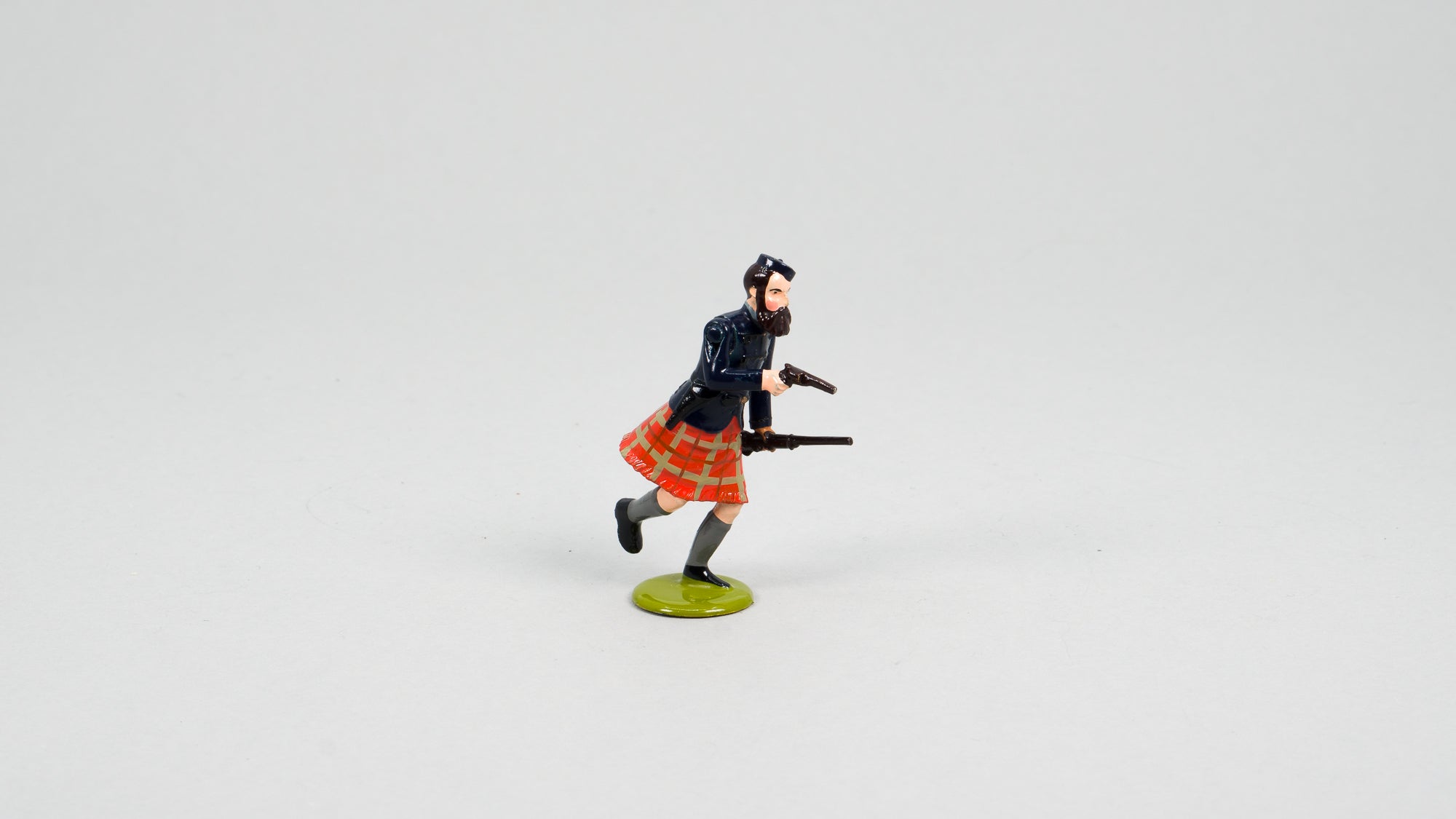
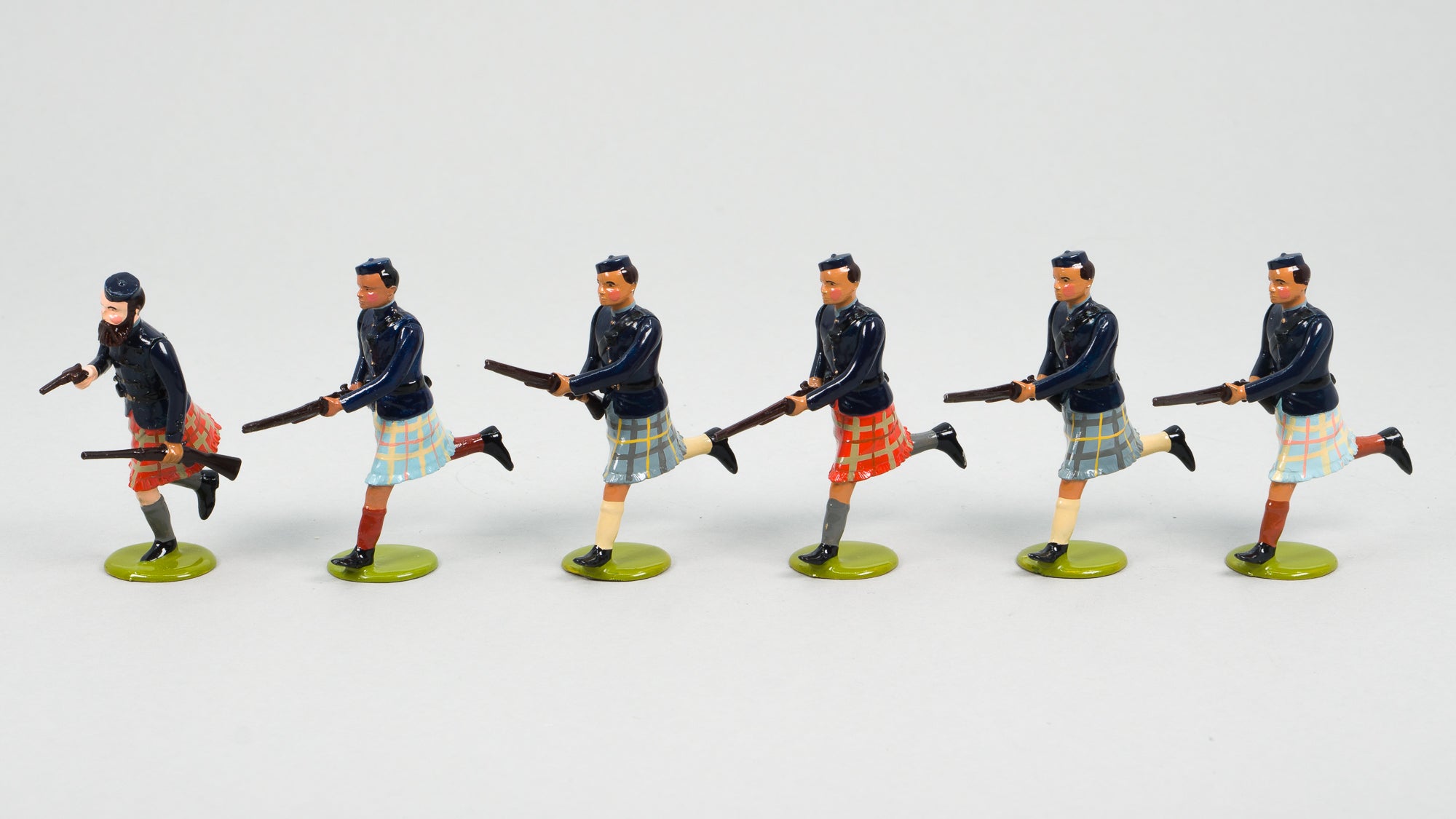
11 Capt. Gilbert Mair and the No. 1 Arawa Flying Column
Gilbert Mair’s seafaring father settled in the Bay of Islands, North Auckland in 1824. In 1827 he married Elizabeth Puckey and later gave up sailing to establish a trading post at Te Wahapu, near Kororareka. In 1842 with Hone Heke threatening war the family moved to a farm south of Whangarei, where Gilbert Mair was born in 1843.
Gilbert Mair and his older brother William who also distinguished himself in the New Zealand Wars, learned to speak Maori fluently, which helped them both in their later civil and military careers. On the North Auckland gum fields young Gilbert met many of the Arawa tribe, a people he was later to lead in battle, and who eventually made him a full chieftain, an honour never before accorded a pakeha (European).
In 1865 while working at the Tauranga Magistrates Court, fighting broke out in the Bay of Plenty district. He at once joined Col. Thomas Haultain’s Waikato Regiment. His first baptism of fire was at Irihanga and Whakamarama where he rescued a mortally wounded officer. For this he was mentioned in dispatches. He took part in the savage fighting which followed on the Hautere plateau, and for gallantry in leading an attack on the enemy rifle pits at Te Taumata was promoted to Ensign.
In the brilliant lone scouting expedition he ascertained that a large enemy force had gone off in the direction of Rotorua. With a small force he managed to reach Ohinemutu just as the Hauhaus arrived and, after a fierce fight, drove them back and later captured Puraka pa, held by the main body under Kihitu. He was promoted to Lieutenant on 25 April 1867.
In January, 1868 Mair accompanied Hon. W. Rolleston to Chatham Islands to take charge of the Maori prisoners there, but was so dissatisfied at the conditions that he refused the position. While there he met Te Kooti.
When the Government decided to attack the Hauhaus on their own ground, Mair was placed in charge of the No. 1 Arawa Flying Column. Their style of uniform had been devised by Gilbert’s older brother William, with the shawls worn kilt-like for ease of movement through swamp and rain drenched forests. This force was attached to Colonel George Whitmore’s column, which advanced on Ruatahuna.
Mair was dispatched to ascertain what had happened to Colonel Herrick’s force, which was to have come via Waikaremoana but he soon ran into Te Kooti’s advance guard returning from a raid on Mohaka and, after a brisk engagement, drove it back. In February 1870 when Te Kooti, after a fruitless visit to the Maori King to solicit support, attacked Rotorua, Mair again intercepted the Hauhaus just in time and prevented a massacre of the inhabitants. In a 20 mile running fight he inflicted heavy casualties on the raiders and shot Peka Makarini, Te Kooti’s notorious lieutenant. This bold and successful action, which Whitmore regarded as the turning point of the war, earned Mair promotion to Captain and the New Zealand Cross, awarded to him on 1 April, 1886.*
From 1870 to 1872 he was continually engaged in the Urewera campaign harrying Te Kooti and his diminishing band in the rugged forest country which was now their only refuge. At Waipaoa he found the Hauhaus in the fortified camp which he attacked, driving out the enemy with loss and all but capturing Te Kooti himself.
After his military life, Mair acted as guide and interpreter for many distinguished visitors including Mark Twain and King George V. He died at Tauranga in 1923 and was conveyed in stages to Ohinemutu, with orations being delivered along the way. Arawa people came from all over the country to mourn the death of their adopted chieftain, whom they called Tawa.
* The New Zealand Cross, a decoration unique to New Zealand was only awarded to colonial troops for gallantry during the Second Maori Wars from 1860-1872. It was equivalent to the Victoria Cross. A total of twenty-three awards were made.
Two variants for Set 11 exist. The original version presented some difficulties with the mould and as a result the set wasn't released in 1984. Only a few sets were made with the original version and probably only sold locally via the Greytown shop as the set wasn't listed on any dealer pricing sheets. We'll call this the Original version set 11. Ironically the Original version featured the most dynamic poses yet made at that time by Imperial and is very attractive. The Gilbert Mair figure closely resembles the Reverend George Smith figure in set 41.1 The Brave Defenders of Rorke's Drift. It is likely that the Rorke's Drift figure was adapted from the original Gilbert Mair sculpting. The men have distinctive kilt designs and have fixed arms.
Some years later the set was remodelled and introduced. We'll call this the official version set 11. A more upright Gilbert Mair and running figures with swinging rifle arms and simpler kilt markings as seen in the NZ11 set today. The official version had Mair and five men running and the same box as the Original version. The NZ11 set currently in production has Mair and three men.
There are no records remaining of how many Original version set 11's were produced.
Choose options



















